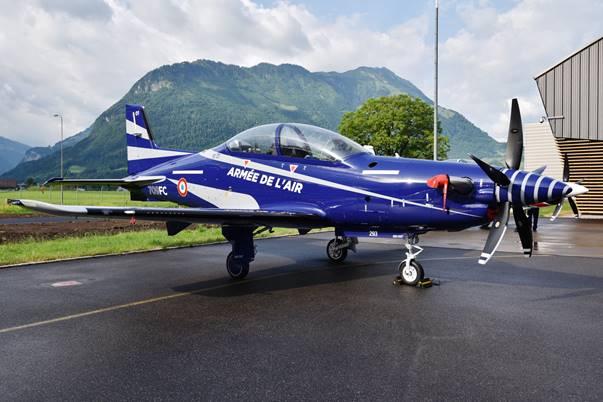Countries Giving Greater Role To Turboprop Trainers | 部分国家赋予涡轮螺旋桨教练机更大的作用

在飞行员训练的过程中,法国、澳大利亚、新加坡和瑞典等国家正在更多地应用涡轮螺旋桨教练机。对此,节约成本是一个关键动机,虽然教练机机队越来越集中于少量机型,但缩短训练流程也已成为空军希望获得更多成果的关键考虑因素。
France, Australia, Singapore and Sweden are giving a greater role to turboprop trainers within its pilot training process. Cost savings are a key motivation, with training fleets increasingly concentrated on a smaller number of aircraft types, but the shortening of pipelines also has become a key consideration for air forces looking for more responsive output from their training programs.
这些国家的行动似乎也影响了先进喷气教练机市场,喷气教练机机队得到缩减,或有些国家完全取消了先进喷气教练机机队。据AviationWeekNetwork的预测显示,全球在役的高级教练机机队数量将从2021年的3185架下降到2030年的3038架。相反,初级教练机机队预计将从2634架增加到2903架。而纵观整个单发固定翼教练机机队,在未来十年间高级教练机在全球机队中的份额预计将从39.3%下降到37.3%,而初级教练机将从32.5%增加到35.6%。
The move also appears to be affecting the advanced jet trainer market with jet-powered trainer fleets scaled back or in some cases removed entirely. Partially as a result of these trends, Aviation Week Network’s projections show the number of advanced trainers in service around the world falling from 3,185 aircraft in 2021 to 3,038 in 2030. Conversely, the basic trainer fleet is expected to increase from 2,634 aircraft to 2,903 over the same period. Looking at the single-engine fixed-wing training aircraft fleet as a whole, advanced trainers are expected to see their share of the global fleet fall from 39.3% to 37.3% over the decade, with basic trainers increasing from 32.5% to 35.6%.